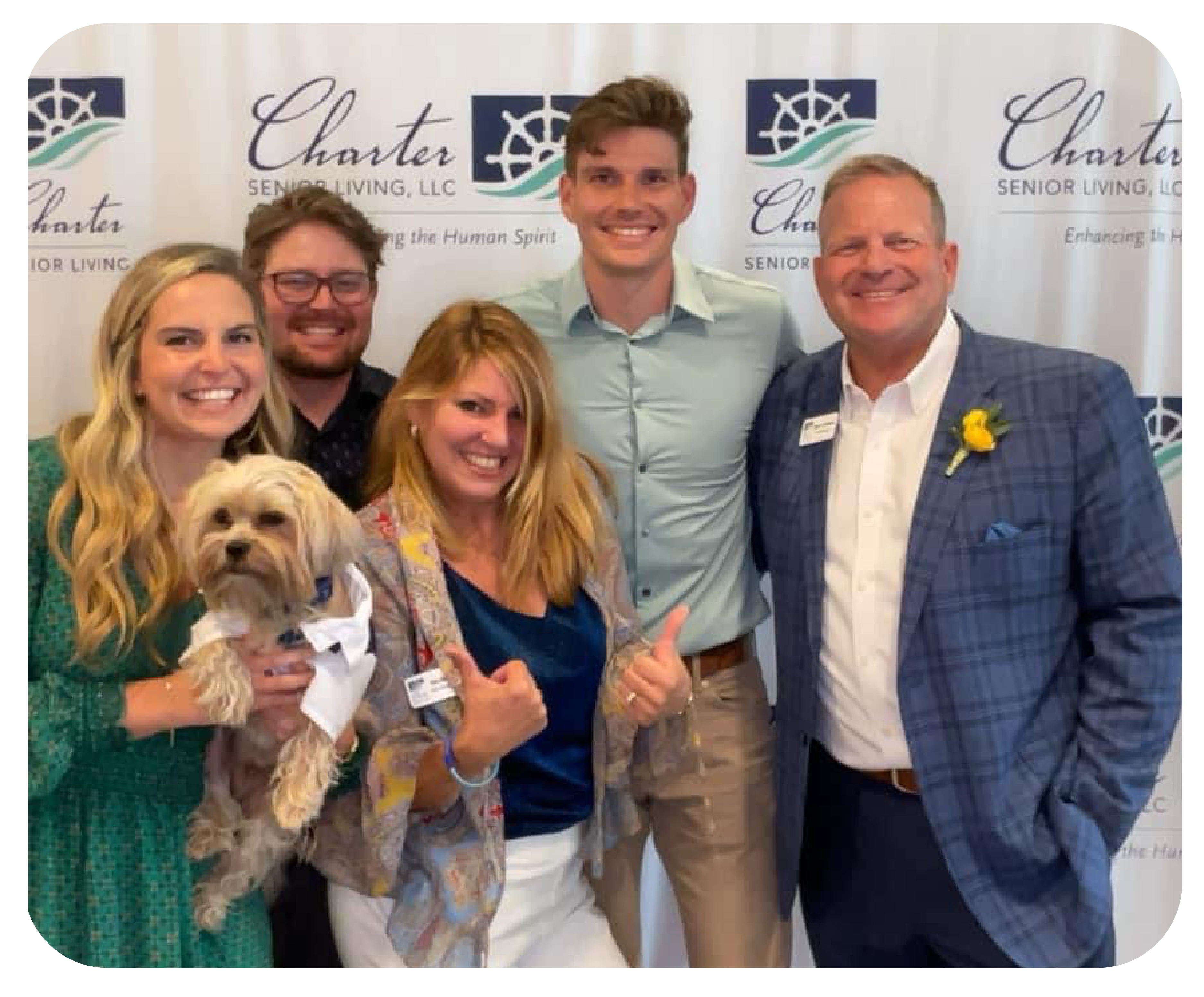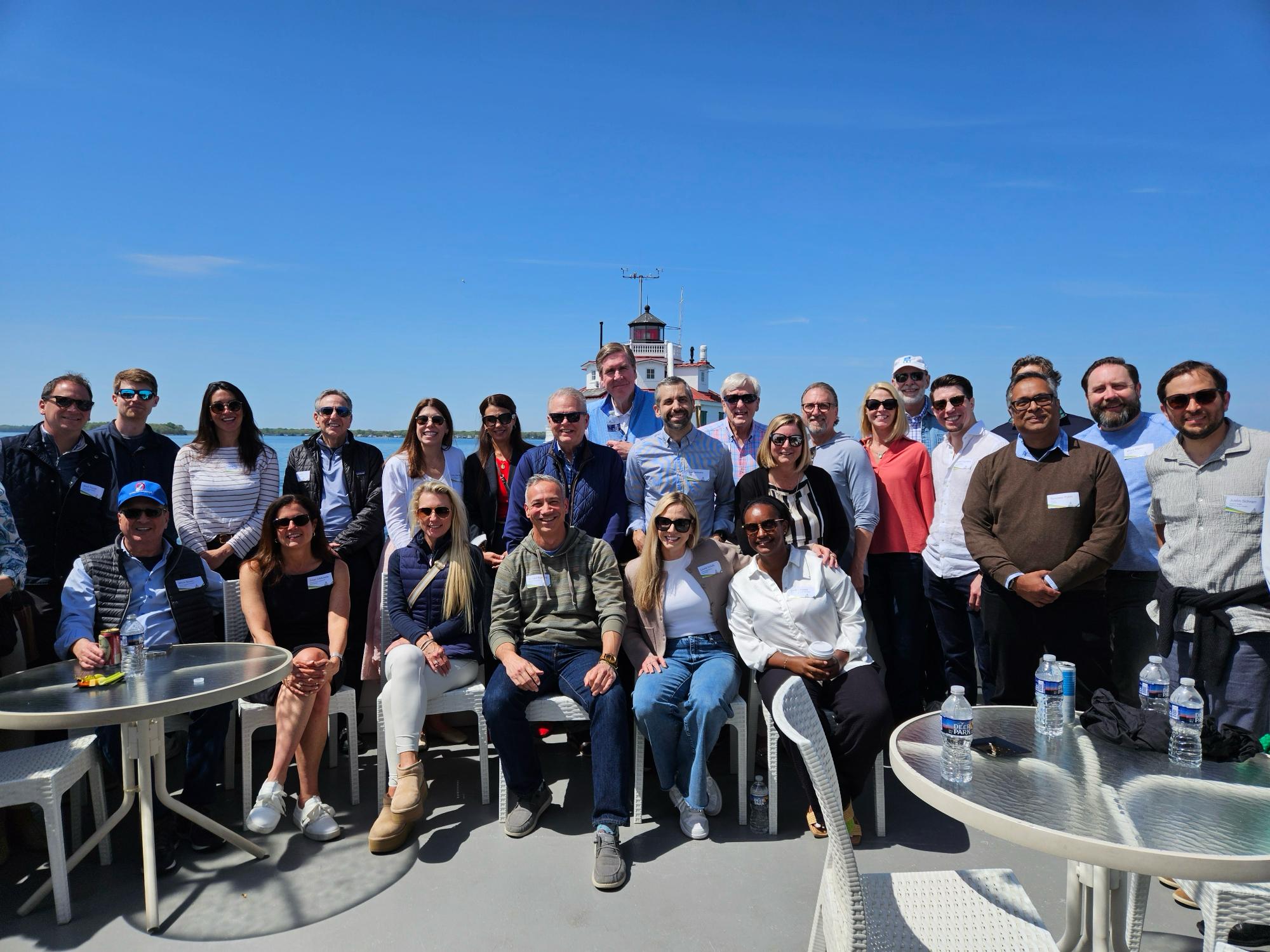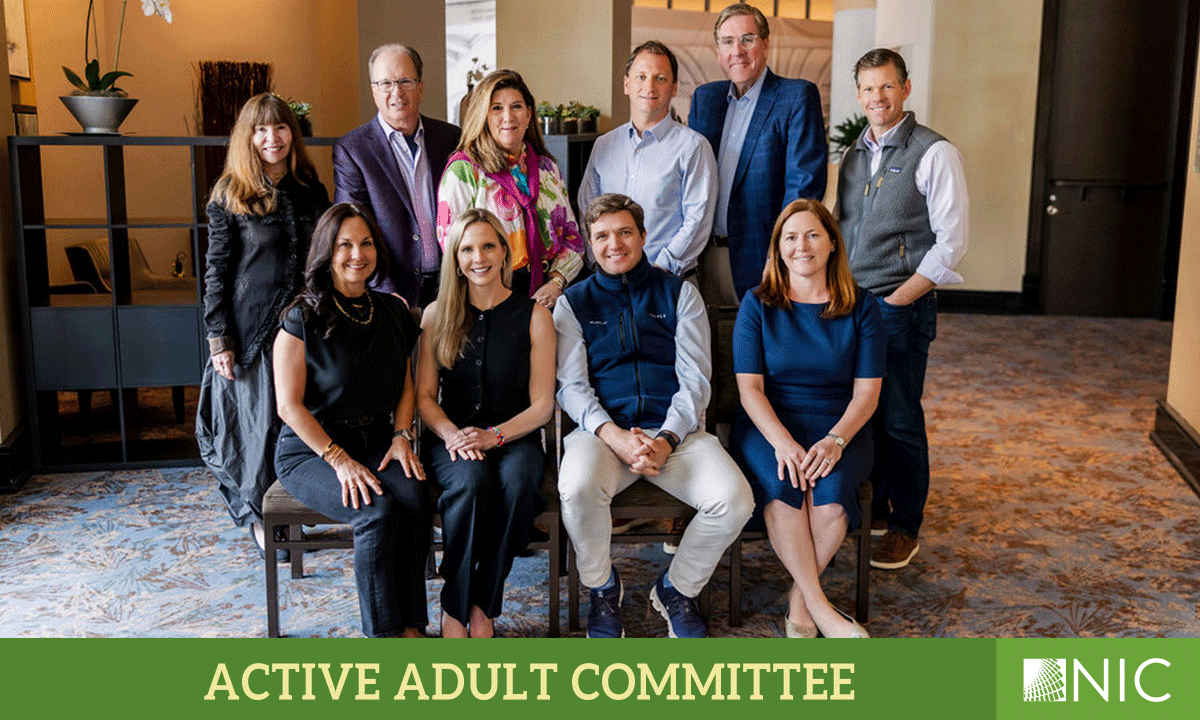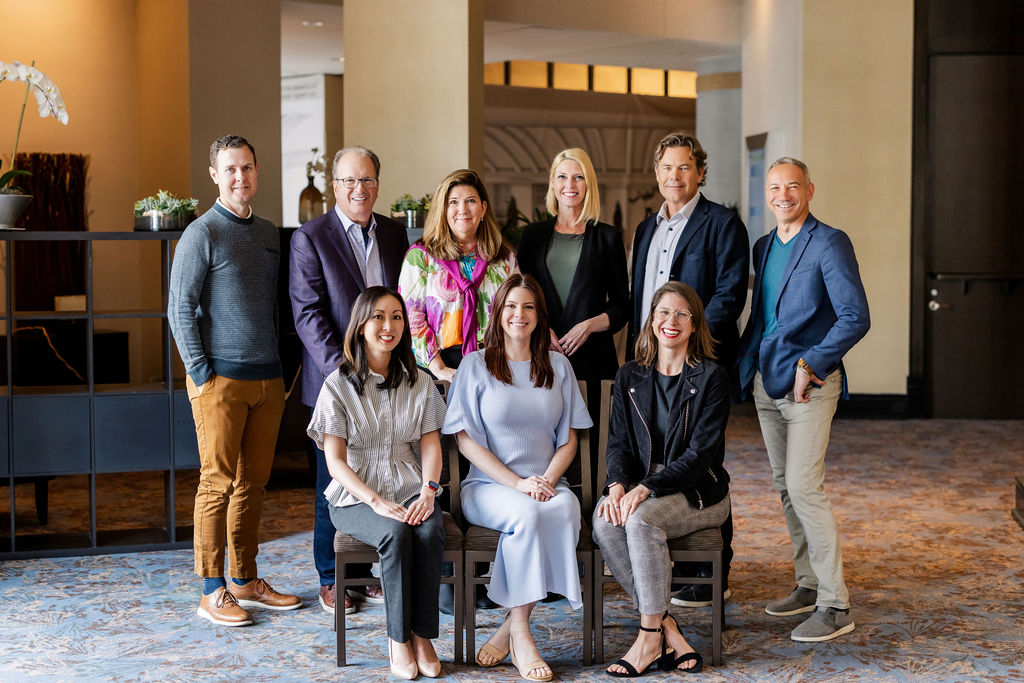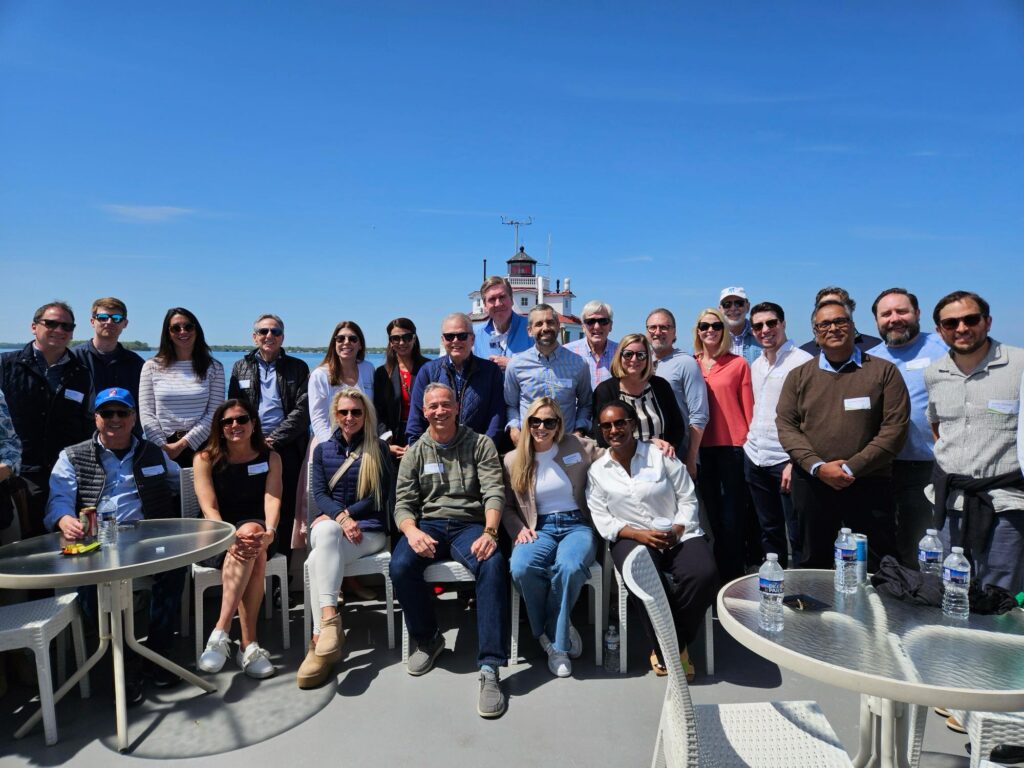This article is the eighth in a series showcasing parent/child dynamics across the senior housing and care industry. My conversation with father and son duo Keven Bennema, CEO & Co-Founder, and Zack Bennema, Senior Financial Analyst, Charter Senior Living, explores how our industry has become a family affair.
Tell us about yourself and your work.
Keven Bennema: I’ve been in the senior housing space for 30 years starting in 1993 when I was a caregiver. After being out of college for a year, I wound up being reintroduced to a family member who I hadn’t seen since I was a toddler. He was a pioneer in the senior living space in northwest Ohio, running a Frank Lloyd Wright-designed memory care unit and long-term acute hospital. At the time, his projects were at the cutting-edge, offering levels of care that were not common in those days.
During my time with him, I got married, started having kids and really learned the nursing home business from the ground up. It was an amazing experience seeing every aspect that goes into a long-term care setting with some very innovative product lines. Walking into a family business making $10 an hour was the best thing that could have ever happened to me.
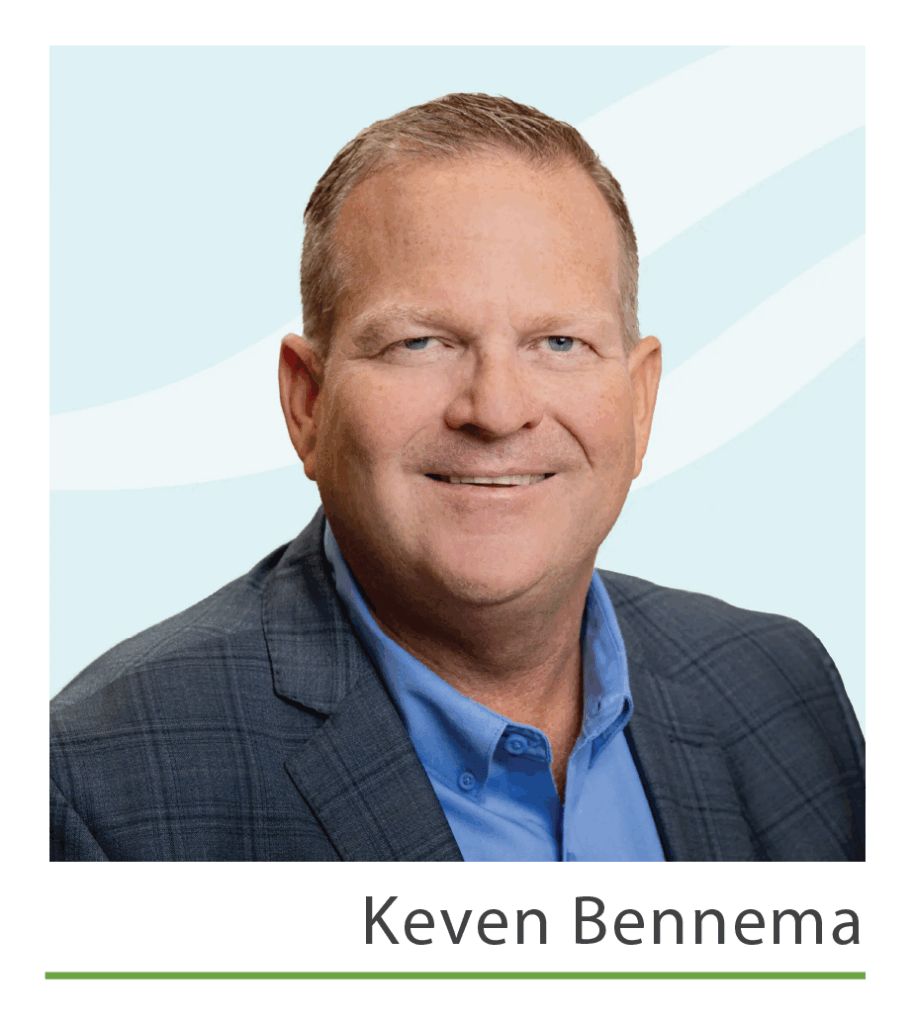
Next, I served as executive director for Marriott Senior Living in Naples, Florida for about a year and a half. I was then hired by Somerville Senior Living 2001 to be a regional director of operations where I remained for five and a half years. There I became familiar with the financial side, site selection, and how deals get structured. In 2007, I joined Senior Lifestyle Corporation in Chicago as COO. Those nine years were really my springboard to launching Charter Senior Living, which I cofounded with my wife in March 2016.
We wanted to create something unique, so we developed a completely decentralized office with a corporate structure that outsourced all back of house support. It was an innovative model in 2016. By not having a corporate office, we end up spending more time in our communities. Charter’s mission is to enhance the human spirit. We believe that if we take care of our people, they will take better care of our residents.
When COVID-19 hit, we were validated because we already had remote work going strong. That’s when we really started to grow. Today, we have 64 communities. Several companies have since used our back-of-house model.
Zack Bennema: I’m the middle child. I played quarterback at Baylor University for four years. When I graduated in 2019, the stars aligned for me to join Charter and help with their finance needs. Coming out of college, I was not eager to work at my family company and had plans to leverage my football connections instead. But in the end, I couldn’t be happier with my decision to move back to Chicago and work as a financial analyst at Charter. COVID hit nine months later, so I was especially grateful to already be working from home. Now, as a senior financial analyst, it’s been a breath of fresh air to watch our team grow.
How do you keep separation between church and state?
Keven: All three of our kids have been involved in the business. Their growth has been amazing to watch. It really was up until last year that Zack, and to a certain extent my older son Jake, were doing the budgets, KPIs, and other financial work critical to the company. It’s a huge credit to them for the things they were able to accomplish with so little manpower. As we took on more development, we expanded and grew their teams.
Family time is critical when you’re running a business, but family can’t just be about work, so we end up seeing our kids a lot.
Zack: We talked pretty much every day in the first few years, but we have a strong relationship outside of work that doesn’t revolve around work. During COVID I stayed with my parents in Florida for nine months, which was a great opportunity to balance work and life. Now that I have a team, I have less daily communication with my dad for work, which is probably a good thing.
Overall, it’s been a blessing to work for the family business. Having my dad as a mentor and leader and watching him grow over the last five years has been special. Generally, I’ve found that when you’re working for your family business you have a lot more pride in what you do. Culture at our company is the real deal. Our mission is to enhance the human spirit. We mean it and go out and do it.

What advice do you have for the generation before us?
Zack: Conduct business rooted in trust and integrity. Everyone looks to their leader to be reliable. People should believe the things a leader tells them. When you are good-hearted, that runs through the business. Be who you are and exemplify what it means to be a positive model for the younger generation.
What advice do you have for the next generation or those thinking about joining the industry?
Keven: I grew up on the south side of Chicago. My family was always very loving but ultimately the key qualities they instilled in me were humility, appreciation, and work ethic. There were a lot of advantages to growing up in an environment where there wasn’t a lot of money lying around. I learned the benefits of hard work and ultimately goal orientation. That’s where my inner motivation to be a leader was seeded.
When I think about what motivates young people these days, I think about the phrase ‘people care what you know, when they know that you care.’ Charter cares greatly about culture. Not having a corporate office allows us to stay very connected to our people. It’s important to be in our communities with our associates and senior teams learning about people and getting to know them. I would pass this insight on to the next generation— you must show up as a leader and model behavior.
Titles are all well and good, but at Charter we come together as one big team. We’re passionate and driven by how we treat each other, and that ultimately has a positive impact on how residents are cared for in our community.
*Interviews edited for length
